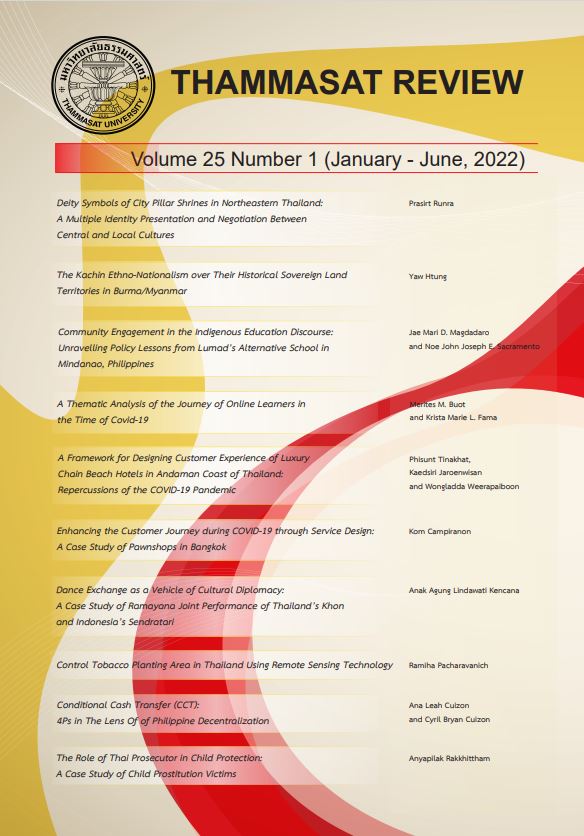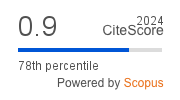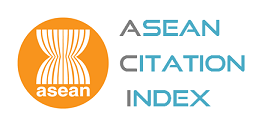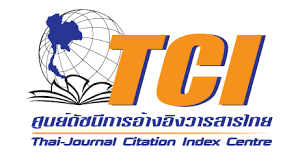Dance Exchange as a Vehicle of Cultural Diplomacy: A Case Study of Ramayana Joint Performances of Thailand’s Khon and Indonesia’s Sendratari
Keywords:
Soft power; Cultural diplomacy; Dance exchange; Ramayana Joint Performance; Intercultural dialogue; Cross-cultural understanding.Abstract
The implementation of culture as a tool of diplomatic soft power gave birth to the term cultural diplomacy. Culture is recognized as a source of soft power projection, and Thailand and Indonesia’s governments have been promoting culture in enhancing their nations’ image to the world. This study is based on the significance of soft power through the Ramayana epic as a well-known literature of Asia. It is a root of diverse forms of cultural expressions in Thailand and Indonesia which manifest as both a shared heritage and a distinctive identity. This study therefore centers on dance exchange as a vital feature of cultural diplomacy, focusing on Ramayana Joint Performances of Thailand’s Khon and Indonesia’s Sendratari. Khon and Sendratari are prominent artforms of Thai and Indonesian dance drama where the Ramayana epic is the core story of both dances. This research is aimed to provide a better understanding of how the Ramayana Joint Performance of Khon and Sendratari contribute to cultural diplomacy processes and outcomes, and deliver a clearer insight on the role they play in facilitating intercultural dialogue for cross-cultural understanding. This study finds that the Ramayana Joint Performances act as a form of dance exchange, signifying a common space for an interactive intercultural dialogue in transmitting cultural values and upholding interaction between artists, Thai/Indonesian officials and audience members through artistic expressions. It results in fostering long lasting friendships and mutual understandings between Thailand and Indonesia.
Downloads
Published
How to Cite
Issue
Section
License
Copyright (c) 2022 Thammasat Review

This work is licensed under a Creative Commons Attribution-NonCommercial-NoDerivatives 4.0 International License.
The opinions and ideas expressed in all submissions published in Thammasat Review are solely that of the author(s) and do not necessarily reflect that of the editors or the editorial board.
The copyright of all articles including all written content and illustrations belong to Thammasat Review. Any individuals or organisation wishing to publish, reproduce and distribute a particular manuscript must seek permission from the journal first.








